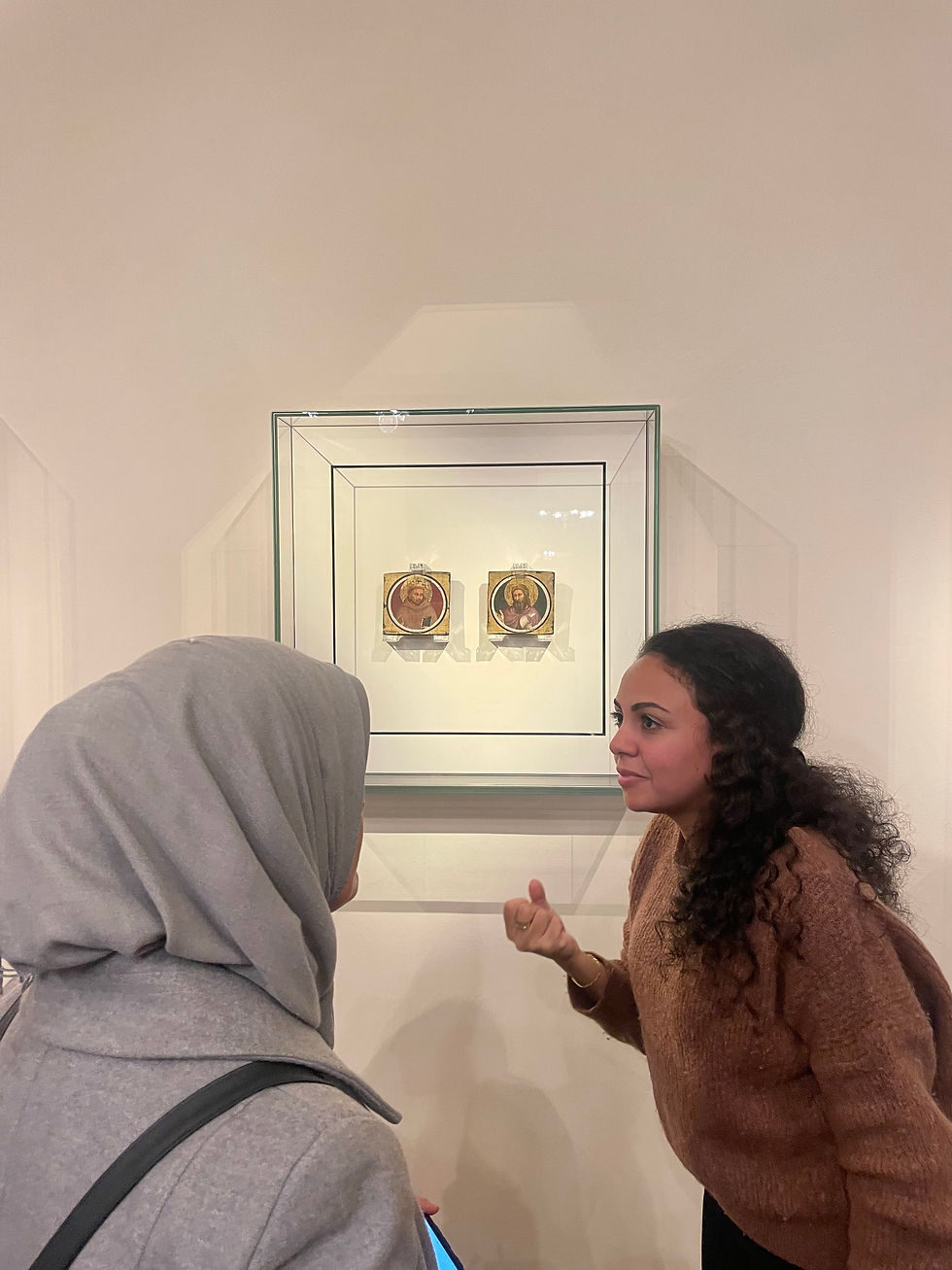



Visits
"Teste Nere venute da Lisbona" or stories of Africans in Renaissance Florence
A journey through the city center to discover the traces of a little known history: that of slavery in Renaissance Florence. The itinerary starts from Palazzo Medici, where a significant portrait is kept in the Magi Chapel, continues with the accounting books of the Cambini Fund of the Archive of the Innocenti Institute, which document the arrival of black slaves in the second half of the Four hundred. to conclude with the Chapel of San Giuseppe in the Church of the Santissima Annunziata built in a spectacular Baroque style by Francesco Feroni, who built his immense fortune with the Atlantic trade in African slaves.
*Thanks to the Metropolitan City of Florence and Justin Randolph Thompson with Black History Month, Florence.
**Visit for groups by reservation.
Firenze Coloniale
In the "cradle of the Renaissance" the colonial past of the city remains barely perceptible, but still today streets, monuments, plaques recall companies and often removed protagonists: from Piazza Adua, to the plaque dedicated to General Baldissera who fought an occupation war in Africa, from obelisk in Piazza dell'Unità at the Colonial Herbarium, traces of our colonial past scattered in the toponymy of our cities, but mostly forgotten or hidden, help to tell the very story of the Italian invasion of the territories of Eritrea, Somalia, of Libya and Ethiopia, first subjected to liberal governments and then to the fascist regime between 1885 and 1941.
*Thanks for content and inspiration: Postcolonial Italy.
**In partnership with The Recovery Plan
***thanks to Carmen Belmonte and Agnese Ghezzi for their advice and for their collaboration Studio Galleria Romanelli.
Firenze Coloniale
In the "cradle of the Renaissance" the colonial past of the city remains barely perceptible, but still today streets, monuments, plaques recall companies and often removed protagonists: from Piazza Adua, to the plaque dedicated to General Baldissera who fought an occupation war in Africa, from obelisk in Piazza dell'Unità at the Colonial Herbarium, traces of our colonial past scattered in the toponymy of our cities, but mostly forgotten or hidden, help to tell the very story of the Italian invasion of the territories of Eritrea, Somalia, of Libya and Ethiopia, first subjected to liberal governments and then to the fascist regime between 1885 and 1941.
*Thanks for content and inspiration: Postcolonial Italy.
**In partnership with The Recovery Plan
***thanks to Carmen Belmonte and Agnese Ghezzi for their advice and for their collaboration Studio Galleria Romanelli.
Firenze Coloniale
In the "cradle of the Renaissance" the colonial past of the city remains barely perceptible, but still today streets, monuments, plaques recall companies and often removed protagonists: from Piazza Adua, to the plaque dedicated to General Baldissera who fought an occupation war in Africa, from obelisk in Piazza dell'Unità at the Colonial Herbarium, traces of our colonial past scattered in the toponymy of our cities, but mostly forgotten or hidden, help to tell the very story of the Italian invasion of the territories of Eritrea, Somalia, of Libya and Ethiopia, first subjected to liberal governments and then to the fascist regime between 1885 and 1941.
*Thanks for content and inspiration: Postcolonial Italy.
**In partnership with The Recovery Plan
***thanks to Carmen Belmonte and Agnese Ghezzi for their advice and for their collaboration Studio Galleria Romanelli.



